A large mushroom on nutrient rich, often disturbed habitats. It has shiny skin, distinct volva (often under the soil’s surface) and a radish-like smell. It has no ring but because of the high risk of misidentifying this mushroom and possible heavily contaminated soil, we suggest just leave where you found it.
Home / Mushroom Guide /
Stubble Rosegill
Stubble Rosegill
| Mushroom Type | |
| Common Names |
Stubble Rosegill (EN), Tagell Rosliw Ben Gludiog (CY), Pochwiak Okazały (PL), Ragadós Bocskorosgomba (HU) |
| Scientific Name |
Volvopluteus gloiocephalus |
| Synonyms |
Volvariella gloiocephala, Volvariella speciosa |
| Season Start |
Jul |
| Season End |
Nov |
| Average Mushroom height (CM) |
5-15 |
| Average Cap width (CM) |
5-10 |
Please note that each and every mushroom you come across may vary in appearance to these photos.
Cap
Ovoid at first, then bell-shaped, later convex to expanded with an umbo. Variable in colours, could be from off white to greyish. Cap surface viscid, sticky when moist, silky when dry, smooth, sometimes partially covered in remaining parts of the volva.
Stem
Cylindrical, tapering upwards, easily removable from cap. Whitish, surface smooth, growing from a distant, bag-like whitish to grey volva, absent ring.
Volva
Whitish grey, substantial, membranous and persistent. Often deep in the soil, under the soil’s surface.
Habitat
Saprotrophic on various, nutrient-rich substrates, e.g., manured or fertilised soil of parks, gardens, fields or woodlands. Also on woodchip beds, compost heaps, etc.
Possible Confusion
Whitish coloured specimens could be confused with:
Destroying Angel (Amanita virosa), pictured, can look similar despite their habitats being different and it has a skirt, unlike the Stubble Rosegill.
In mainland Europe, it could be confused with Amanita verna, which is also one of the species that can be called the Destroying Angel.
The greyish coloured specimens could be confused with:
The Grisette (Amanita vaginata), and other Grisettes (Amanita sect. Vaginatae), but they have more distinct volval bags.
Taste / Smell
Taste and smell like radish. Despite being edible, we suggest to leave it where you found it, because its preferred habitats are often sprayed with chemicals.
Frequency
Common and widespread.
Spores
Pink brown. Ellipsoid, smooth.


 (3 votes, average: 4.33 out of 5)
(3 votes, average: 4.33 out of 5)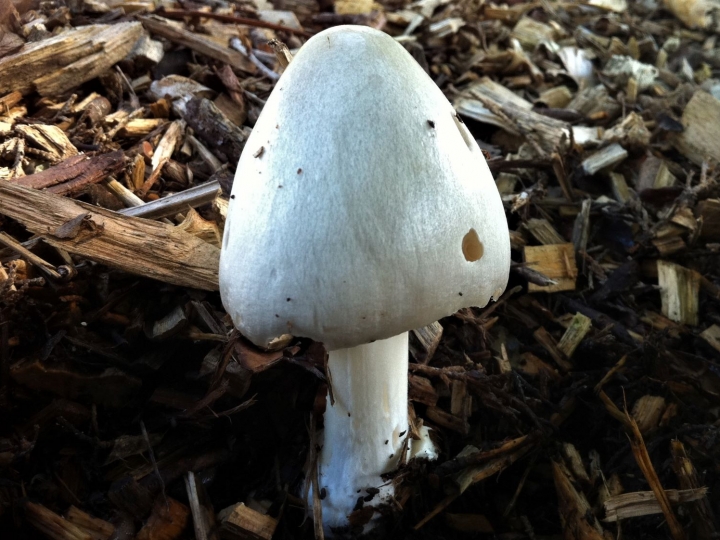
















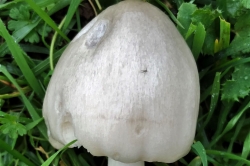
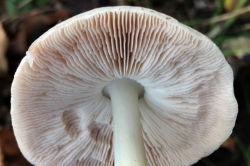
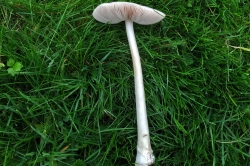
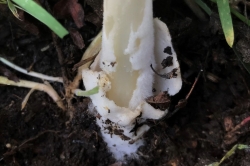
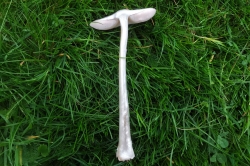
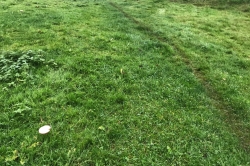
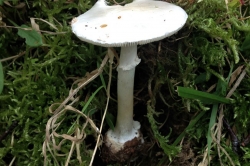






Leave a Reply